What makes a photograph good?
When I first started out in photography, I remember seeing incredible photographers sharing their amazing work on the internet. “How did they do that?” I’d always wonder. I began to study and analyze images. What did I like about them? What worked in the photo? What didn’t work in the photo? As my love for photography grew, so did my knowledge. Through this learning, I came to develop an understanding of what I think makes a photograph good. It’s worth noting that this is my personal opinion and yours may be different, but for my specific style of photography, here is how I dissect a photo and determine if it is “good”. To me, making a good photograph is like building a table. You need at least three legs to build a decent table, and you need at least three things for a good photograph. There are actually four things, but I’ll get into that a little bit later.
When I was a senior in high school, I was awarded the North American Nature Photography Association Annual High School Scholarship. Each year, NANPA would take 10 high school students across the country and invite them to their annual summit meetings. The students would get to meet with professionals and leaders in the nature photography industry at the time. One of our meetings was a breakfast with the editors of Nature’s Best and Outdoor Photographer Magazine. After our breakfast, they gave us a presentation on what photo editors look at when publishing photos. Some of my beliefs and ideas were reinforced by their presentation, and others were completely turned upside down.
Subject
They began their presentation, and the first thing they mentioned was having a clearly defined subject. If you did not have a subject, then the photo needs a center of attention. To quote one of the editors, “I need to look and immediately know what it is I’m seeing!” I was surprised, as most of my photography up to this point was spent refining composition. But it was insightful to know that subject was the most important thing to these photo editors. I’ve adopted this principle, and now I look for a subject or a center of attention. If there’s no subject or center of attention, it gets deleted. When I want to shoot a photograph, I first ask myself: What or who is the star of the photo? If I can’t find anything, then I don’t take the image. Subject makes up the first leg of our photography table.
Light
The conversation with the photo editors continued: “The next thing I look for is proper exposure and the light on the photo.” Is there good light in the photo? That’s a great question to ask, but what is good light? I once heard this quote about good light. “I don’t know how to describe it, but I know it when I see it.” (Author unknown) This has been true for me as well. Good light is not static; it is fluid. It moves with the scenes you are photographing. Good light can highlight the subject, give the scene more depth, give the scene a 3-dimensional appearance, and even bring out color in the photo. Light is essential to photography. To quote George Eastman:
“Light makes photography. Embrace light. Admire it. Love it. But above all, know light. Know it for all you are worth, and you will know the key to photography.”
Light is high up there on what I consider makes a photograph good. Light and color make up the second leg of our table.
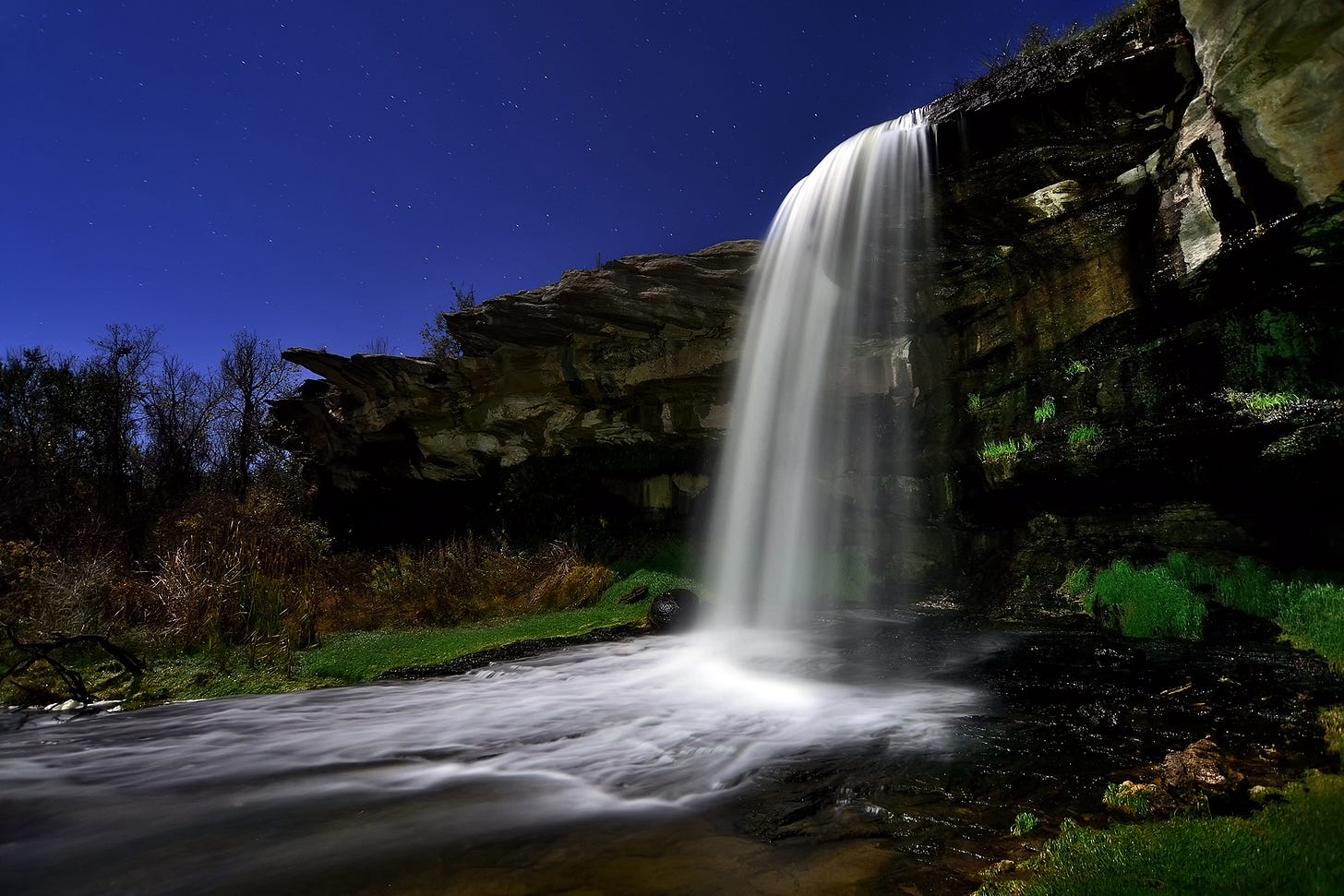
Composition
What I considered the most important aspect of photography, these photo editors put dead last in their lineup, but they did ask some important questions. How does the composition complement the subject? How does the composition draw your eye through the photo? How does the composition better tell the story of the image? All of these were excellent questions that I still use today. For me, composition sets the stage for image. Composition transforms a photograph into art. You can have a well-lit subject that is properly exposed, but if it is in a boring or static composition, it is nothing more than a snapshot. Composition is the third leg of our table analogy.
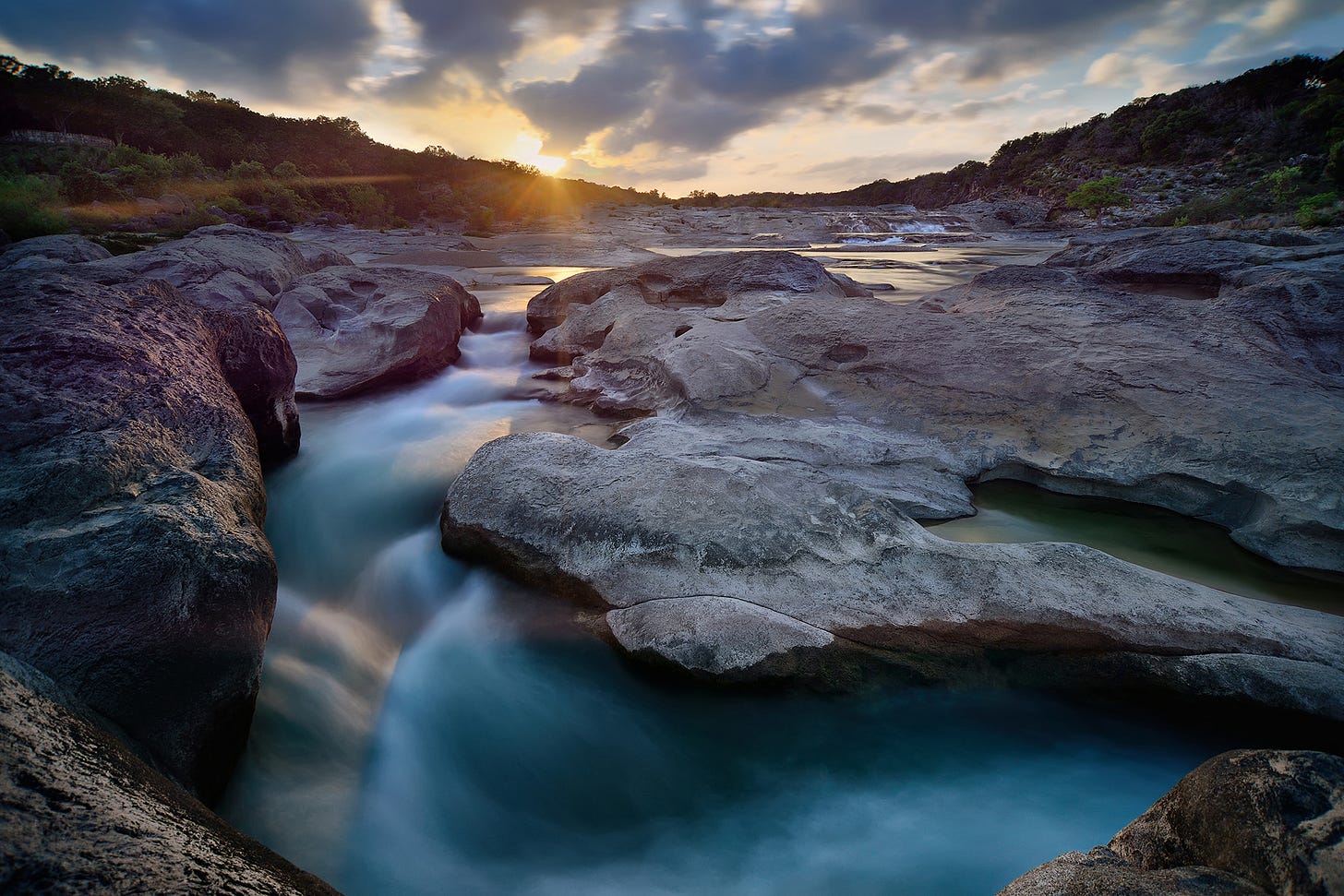
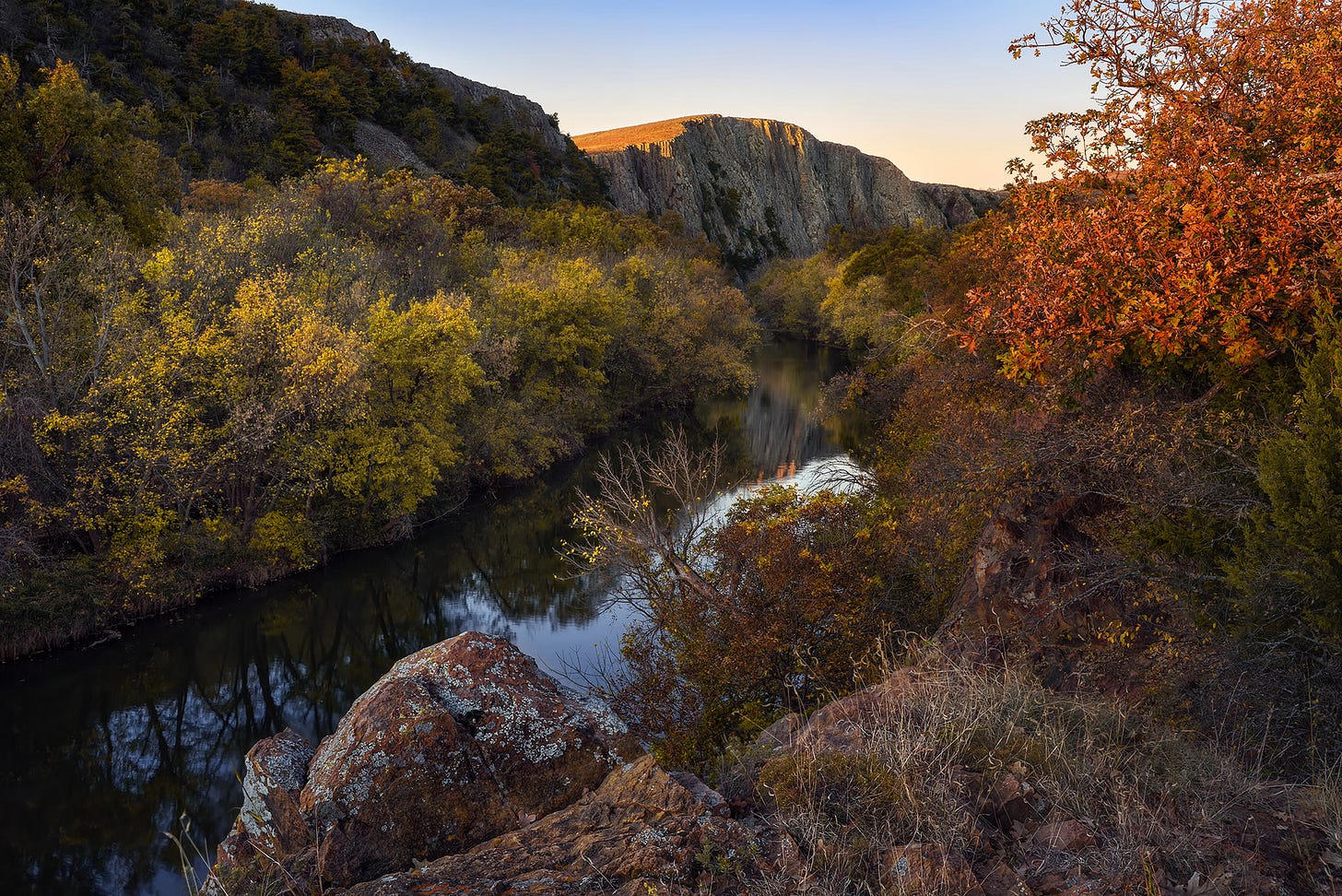
So now we have three legs on the table. This will be solid enough to support the table, and with these three factors, we will have a solid photograph. If you have good composition, good light, and a good subject, you will likely have a good photograph. But what about the fourth leg?
Story
The last thing the photo editors asked was, “What is the story?” Also, “What is the photographer’s message?” Does your photo tell a story? Memorable images will always tell some kind of story. Sometimes, this is in the photo’s caption itself. However, if you can tell the story through the photograph on its own, it becomes a much more powerful image. A story allows your audience to connect more deeply to your photograph. You can look at a rocky outcrop in a photo and imagine the photographer struggling to hike to the top. Or you can look at a photo of the night sky and imagine hearing the crickets chirp while watching the stars twinkle. The story takes a good photograph and turns it into a great photograph.
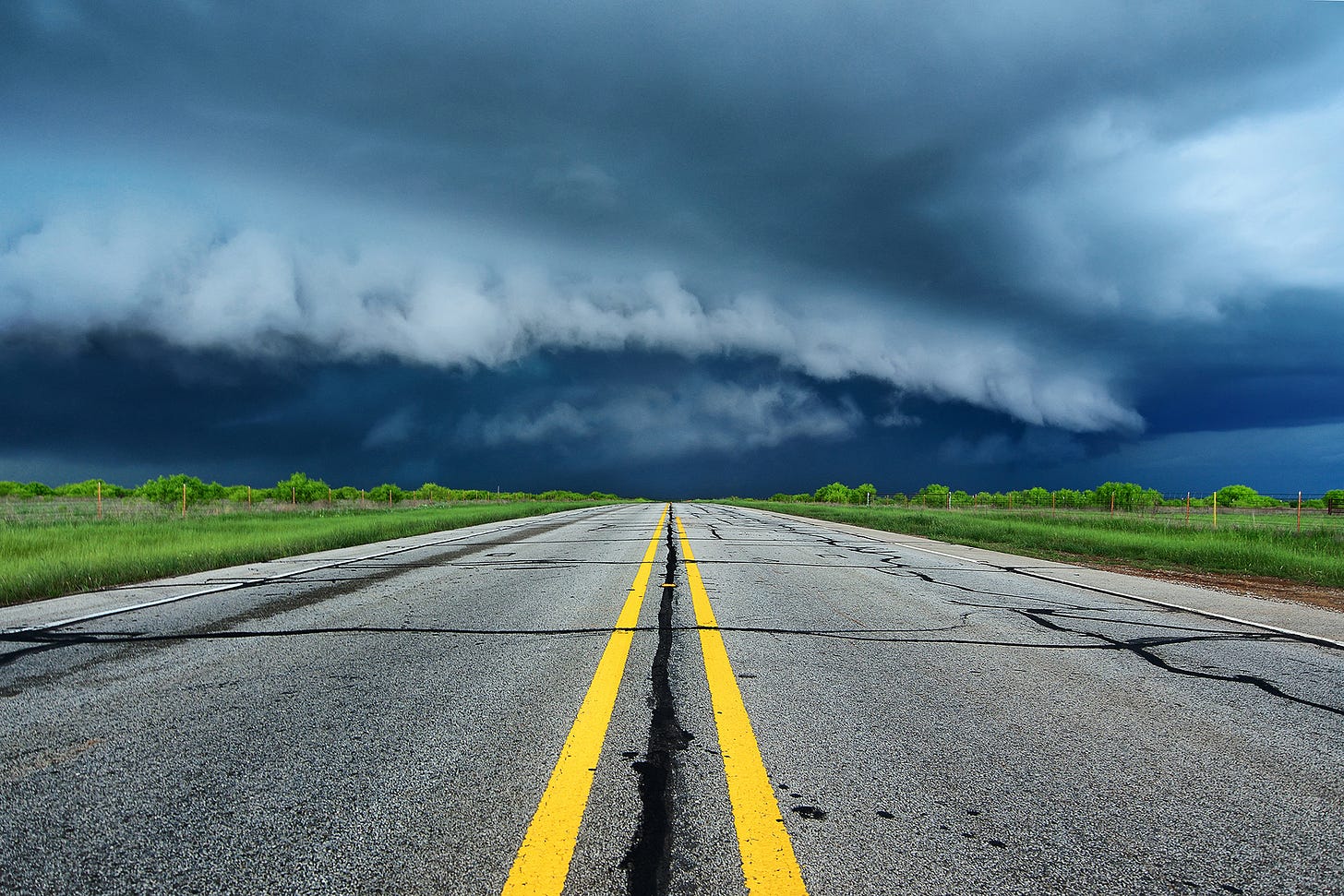
“When I first heard talks about comet NEOWISE in 2020 I knew I wanted to capture something truly special. I didn't want to drive too far and I knew of an old barn that could serve as a nice foreground. I drove out there just after sunset listening to the cicadas buzz and the coyotes howl while waiting on the night sky. I heard a clanging coming from inside the barn, but I thought it was just the wind hitting against the metal structure. About an hour goes by and NEOWISE is starting to line up in my composition. Just when I thought I had the perfect shot, the glaring headlights from a car flooded my scene. "Well now my shot is ruined!" I thought to myself. I looked on the back of the camera and saw a ghostly figure in the barn. A horse was inside and causing all the racket. Turns out all I needed was some light. I guess when things go bump in the night magic can happen. The owner of the horse saw this circulating around social media and got in contact with me and ordered a print. Turns out that horse had just passed away and this was one of the last photos of the horse. He also told me that the barn that had been in there for almost 100 years, collapsed from thunderstorm gusts. What a spectacular subject and a lucky moment for myself.”
Burkburnett, TX
"NEOWISE Dreamscape"
7/22/2020
Now our table is complete, and we can firmly stand on the strong foundation of subject, good light, good composition, and a good story in the image. I use this approach with each photograph I take. Whenever I’m in the field shooting, I always ask myself these questions: “Who/what is the subject or center of attention? Does the light and color help compliment the subject? How can I use existing elements to draw the eye to the subject? What is the story or message of the image?
So, what do you think? Do you agree with me? How do you define a “good photograph”? Let me know in the comments below.

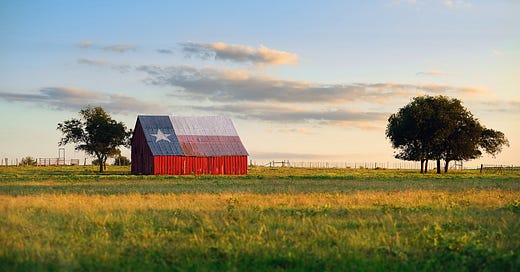



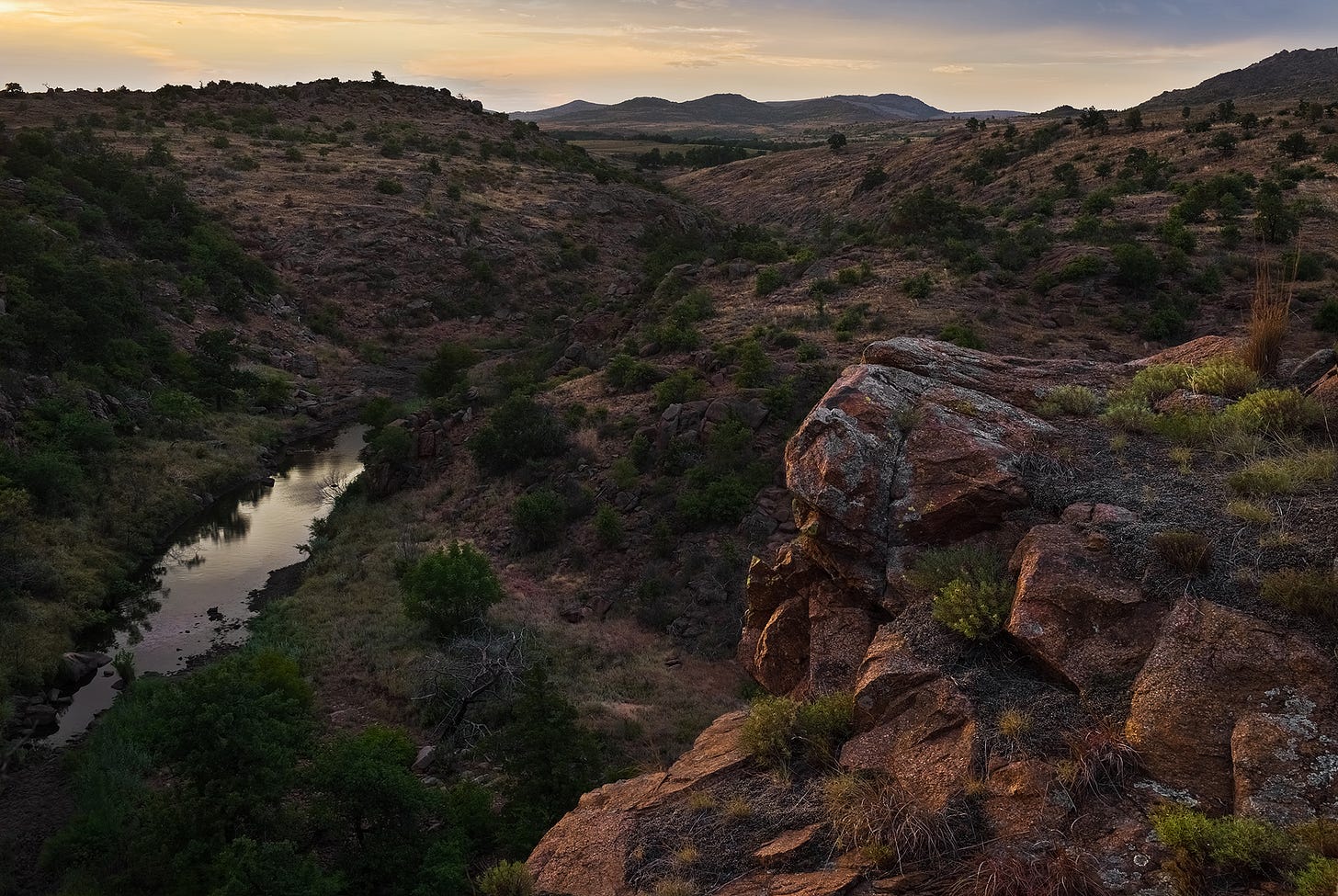

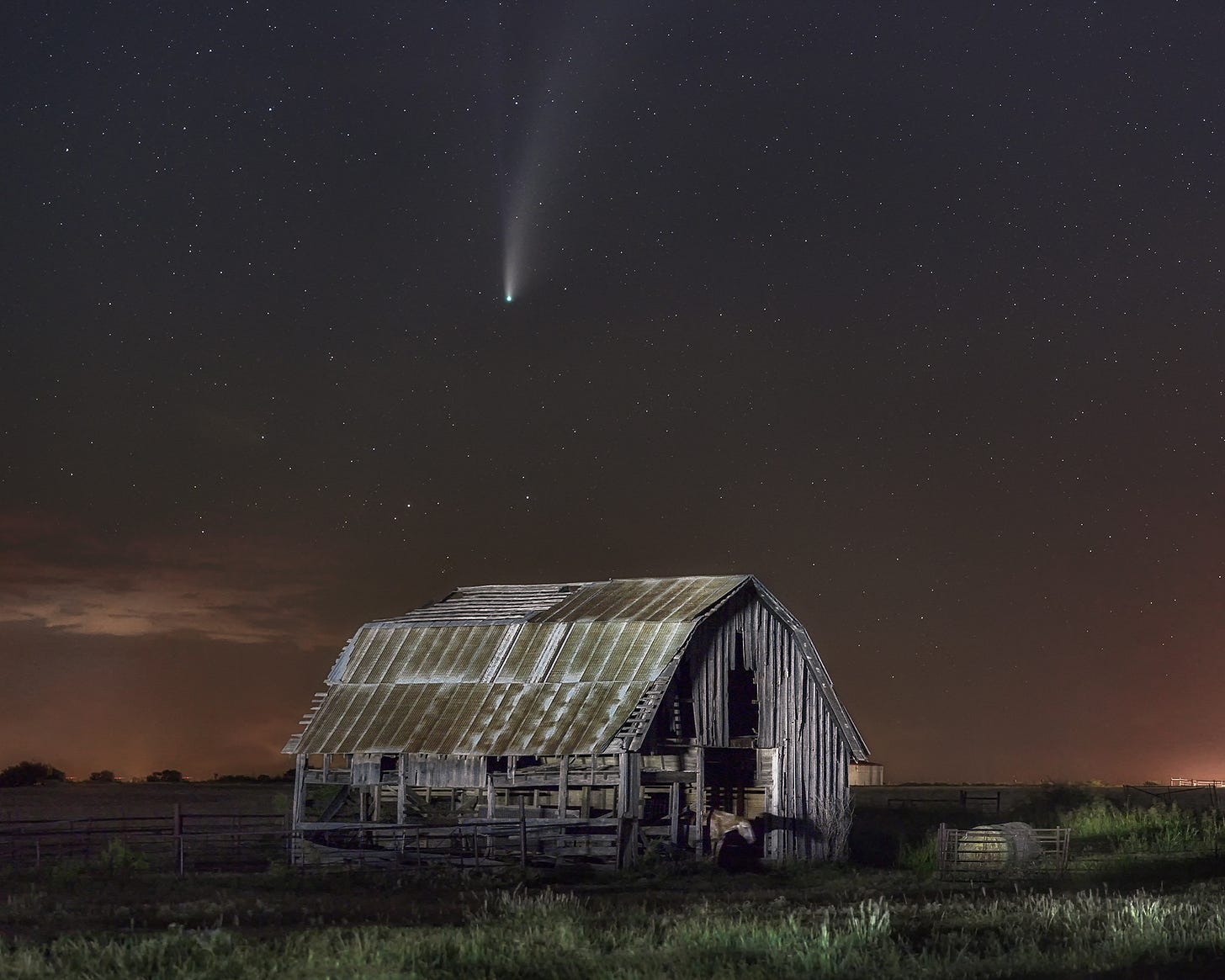

Well done. I enjoyed reading this, it didn't "hurt my eyes" once!